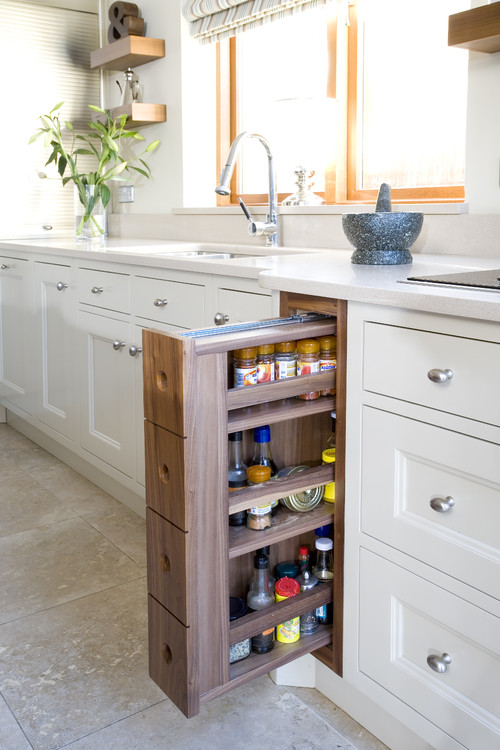Whether family is coming in for the holidays or a friend is just passing through town, it’s easy to embrace your hospitality skills and make your guest room warm and comforting.
1. Eliminate the clutter…
Sure, clutter says, “Hey, I’m at home in my mess, and I invite you to feel at home, too.” But there’s a difference between making things homey and letting it all hang out.
First, go area-by-area in your guest room to remove things that don’t serve your needs, or at least your needs for the guest room. Donate old toys and clothes that have been stored for too long, recycle out-of-date magazines, and relocate (or let go of) half-finished hobby projects.
Next, consider clearing out overly delicate, fiddly, or fragile items, or move them out of reach to minimize your guests’ worries they might knock something over.
2. …But don’t feel like your guest room has to be sparse.
Your guest room doesn’t have to have as much white space as a museum. If you use your guest room closet for a gift closet or to store your off-season clothing, there’s no reason to revamp. Just make sure that there’s adequate closet or drawer space for your guests to hang or store what they bring. Chances are, they won’t be staying longer than a week, so don’t overestimate how much space they’ll need. Three dresser drawers should do it.
Make sleeping the priority, and make the bed with fresh (and matching) sheets, blankets, comforters, and a bedspread. Invest in a few different types of pillows – down and foam – in case your guests have allergies.
3. Shed a little light on the subject.
Even if you have overhead lighting in your guest room, keep at least one bedside lamp for reading. (If your guest bedroom has a queen or king bed, opt for two lamps.)
Have a nightlight, preferably one with a light sensor or motion sensor, so it’s not necessary to turn it on or off.
Install blackout curtains or vertical blinds so your guests can luxuriate in darkness while sleeping.
4. Don’t make your guests guess.
Anticipate questions your guest may have. Print (and perhaps laminate) an index card with:
- the Wi-Fi network name and password
- your security alarm code (and how it works)
- your address & landline number (in case they order pizza or must call 911)
- the location and instructions for adjusting the thermostat
- where to find extras (toilet paper, pillows, towels, blankets, aspirin)
Display a few small dishes or decorative trays so guests know where it’s safe to put jewelry, eyeglasses, and phones within easy reach.
Alarm clocks are still a nice touch. Many people below a certain age will use their cell phones, but it can be comforting in a strange space to have an alarm clock, preferably one that doesn’t tick noisily or glow too brightly.
5. Make your guest room homey, and then add the amenities of a spa.
Attach a full-length mirror to the back of the bedroom or bathroom door, or lean it against the wall.
Install over-the-door valet hooks or removable 3M Command hooks on the reverse of the bedroom or bathroom door to easily hang clothing or robes. Keep a variety of nice hangers in the closet. (Quoting Joan Crawford: “No more wire hangers!”)
Set out a tray with a few water glasses or coffee mugs so guests need not traipse to the kitchen for a drink of water. Consider filling a pretty glass carafe with ice water before bedtime.
Keep a small wastebasket with a new liner near the bed. If you think guests might be nervous about using a too-tidy basket, crumple up one small piece of paper and (like a grocery list) and toss it in, so your guest knows it’s not just for show.
On a desk or bedside table, create convenience for your guests.
- Create a charging station for multiple gadgets with a multi-port USB hub/charger.
- Pile some non-controversial books – a few cozy mysteries, a book of short stories – in case your guests can’t sleep.
- Put out a box of tissues.
- A few tourism brochures – you can usually pick them up at the mall or tourism office – help your guests think about what they might want to do while visiting.
In your guest bathroom, treat guests to a basket of extras: new toothbrushes, mini-toothpaste & mouthwash containers, floss, and tiny bottles of shampoo, conditioner, and moisturizer. Leave a hair dryer hanging from a small hook or handy in a tidy organizer.
Julie Bestry is a Chattanooga-based Certified Professional Organizer, speaker, and author who helps individuals and businesses save time and money, reduce stress, and increase productivity through new organizational skills and systems. For information on how Julie can turn your chaos into serenity, visit her at Best Results Organizing.
WE HOPE THESE IDEAS AND TIPS ARE HELPFUL. PLEASE CALL ME WITH ANY OF YOUR HOME BUYING OR SELLING NEEDS AND QUESTIONS. (423-421-9192)













